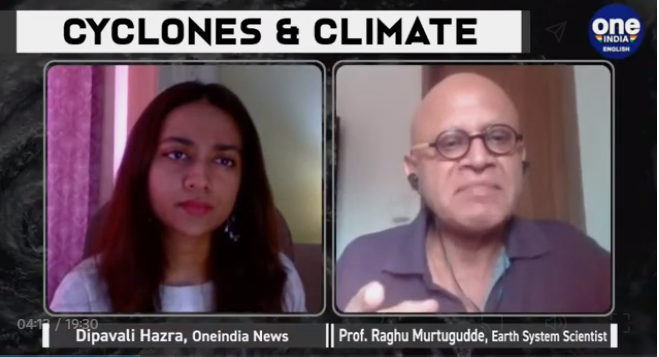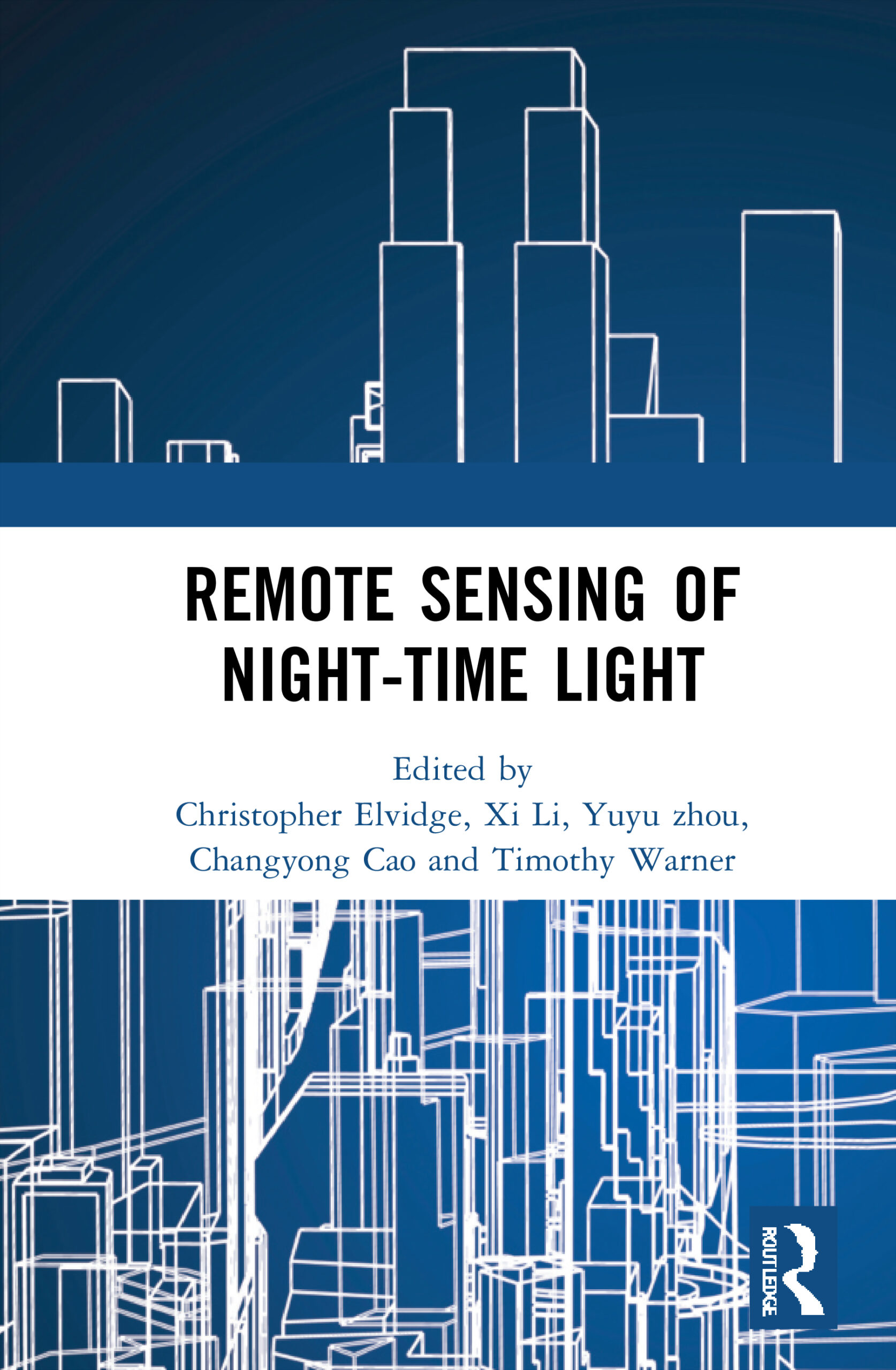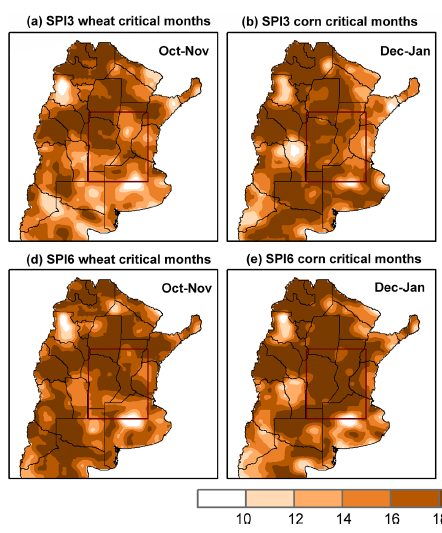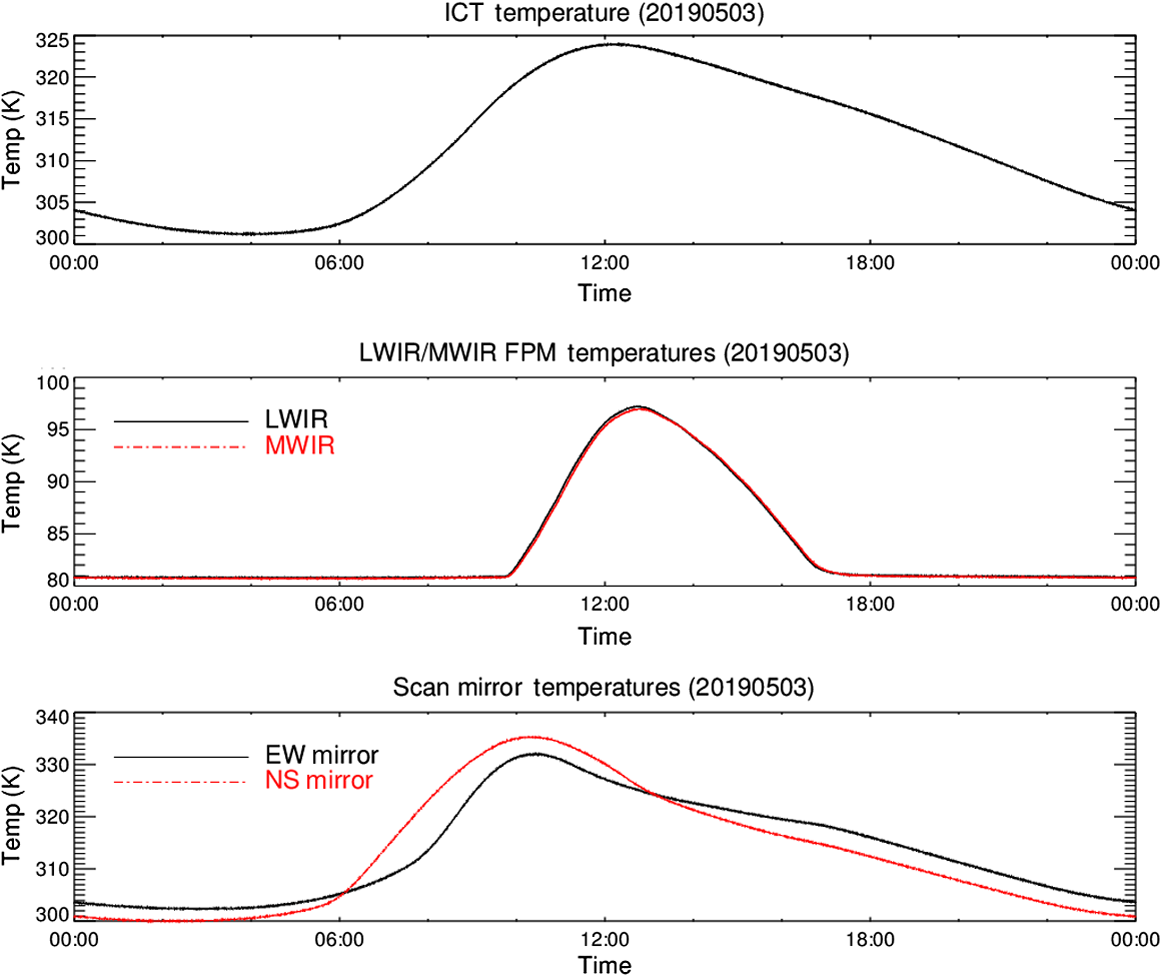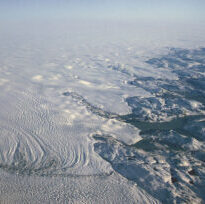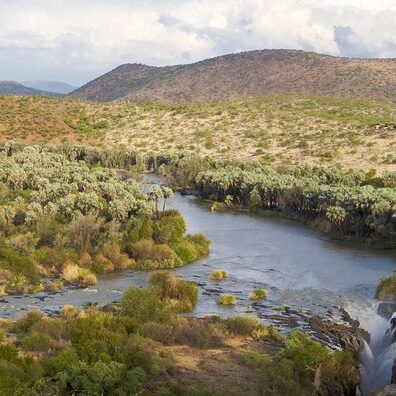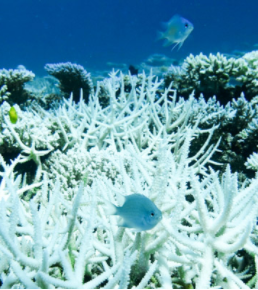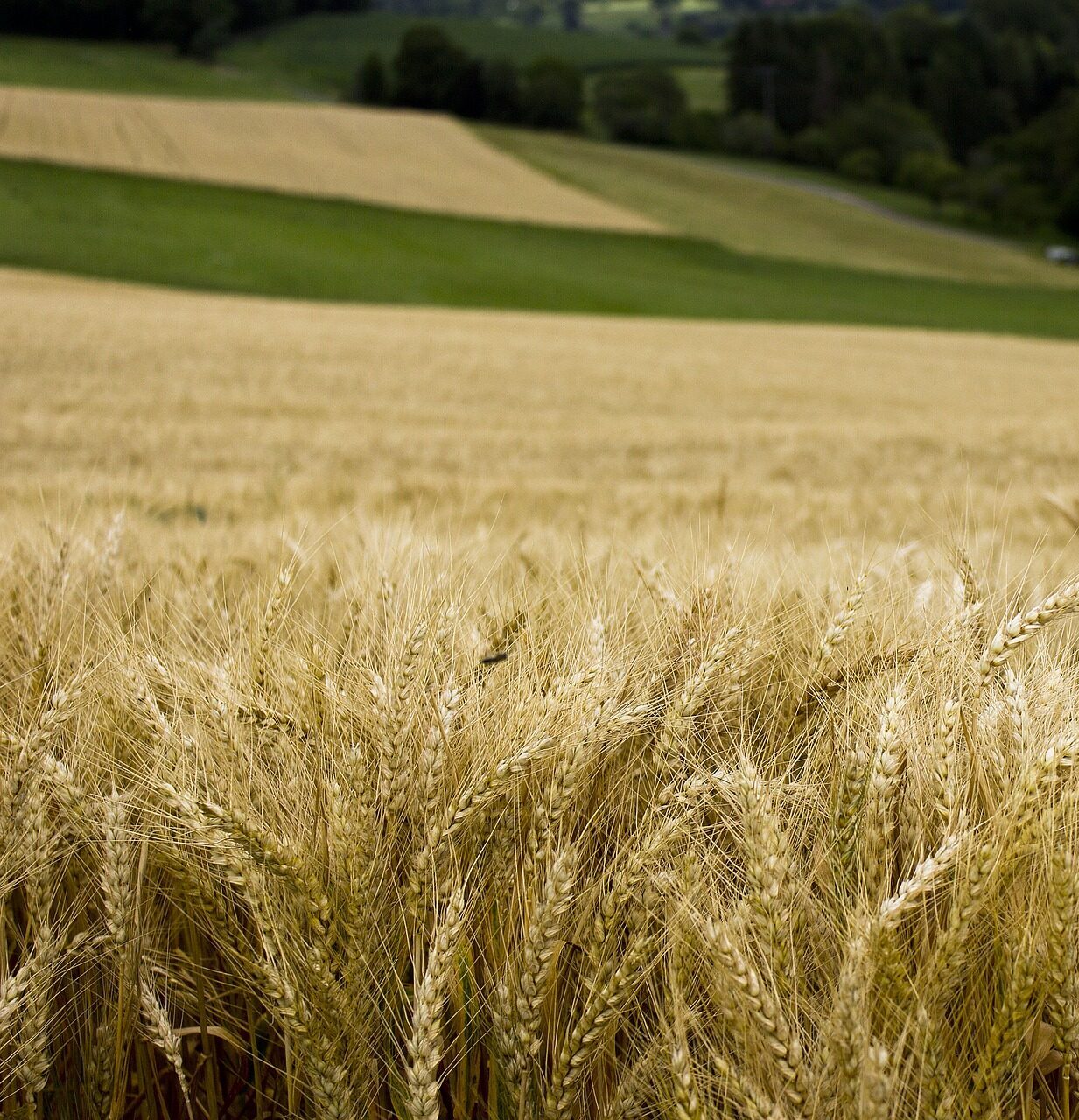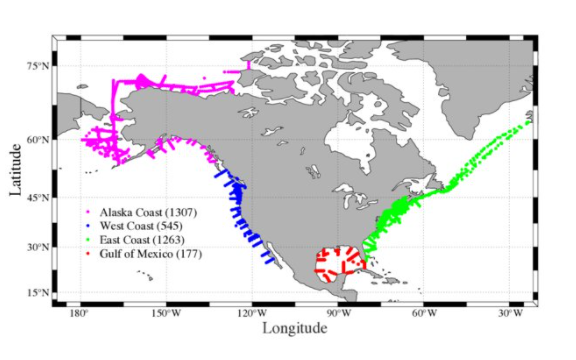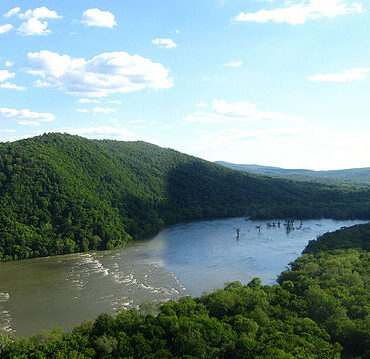
Changes in Concentrations and Source of Nitrogen Along the Potomac River With Watershed Land Use
Shuiwang Duan, Department of Geology and Department of Environmental Science and Technology Assistant Research Scientist, and Sujay Kaushal, ESSIC and Department of Geology Associate Professor, are co-authors on a new paper in Applied Geochemistry titled “Changes in concentrations and source of nitrogen along the Potomac River with watershed land use”. Other co-authors include Erik J.Rosenfeldt, Jinliang Huang, and Sudhir Murthy.

